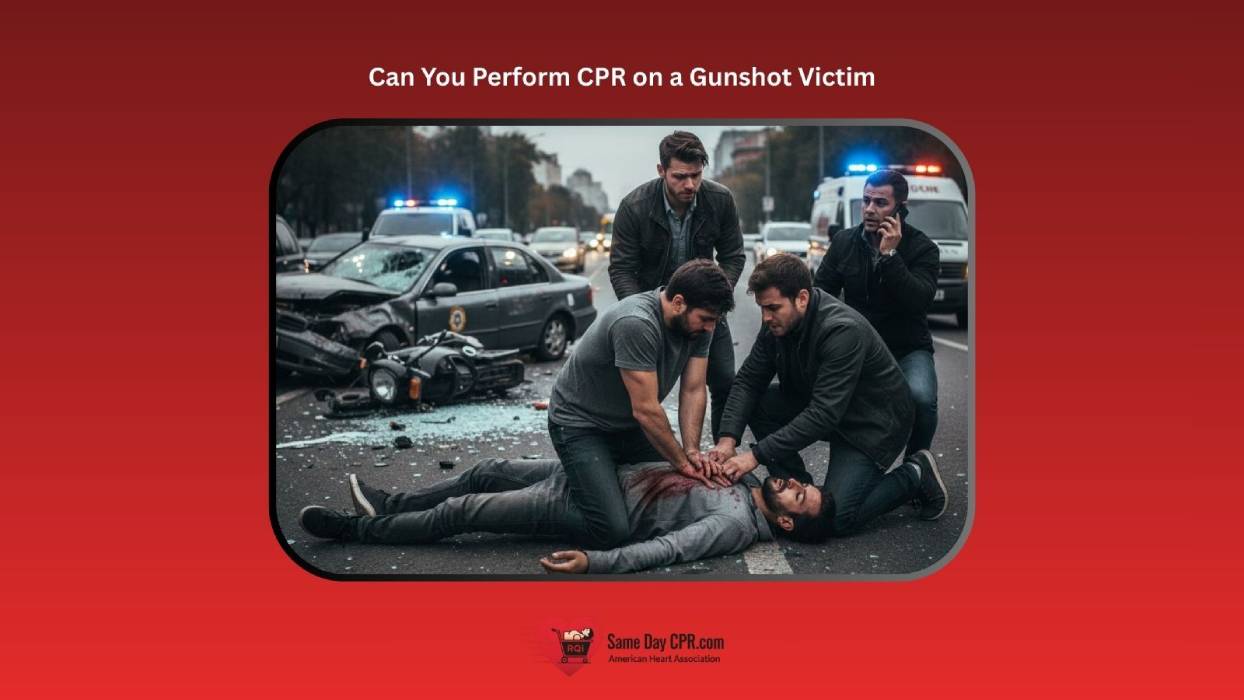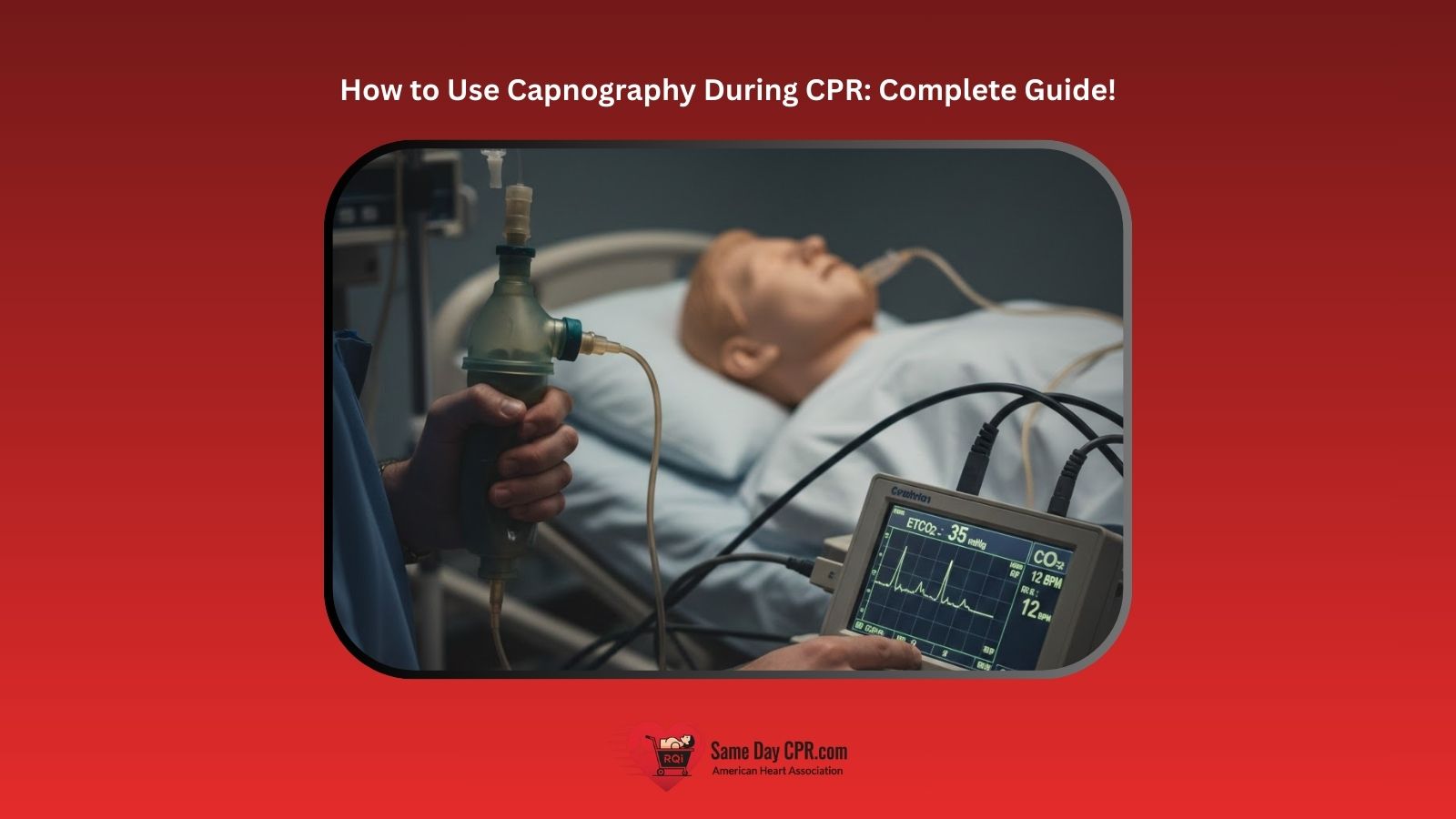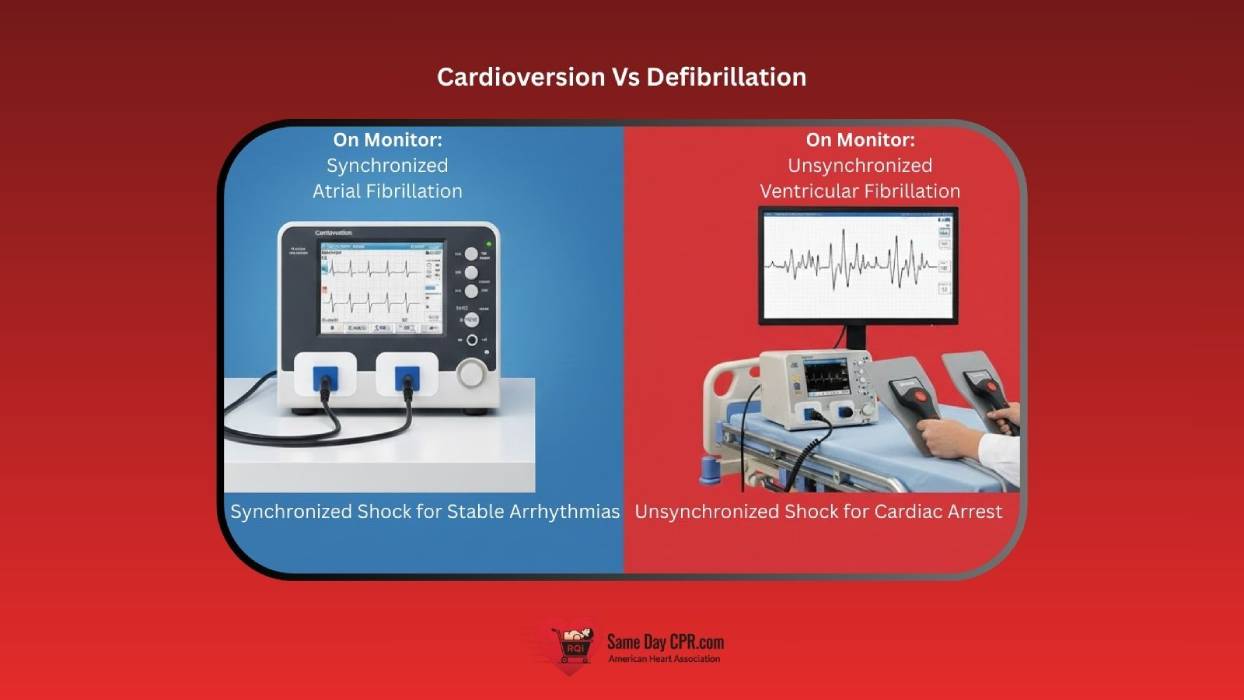During CPR (cardiopulmonary resuscitation), providing effective breaths can make all the difference in saving a life, which is why understanding proper ventilation is so important. Delivering just the right amount of air takes skill and attention since both too little and too much can harm the patient. In the stress of an emergency, even experienced providers can feel uncertain about how much air to give. That’s why knowing how breaths are delivered with a bag-mask device can help ensure each ventilation is safe and effective.
Current guidelines recommend giving about 500 to 600 milliliters of air with each squeeze of the bag during Bag-Valve-Mask (BVM) ventilation. This method uses a face mask, a self-inflating bag, and a valve system to move air directly into the patient’s lungs. Knowing how to deliver the right volume is an essential part of safe and effective resuscitation. In this blog, you’ll discover why proper BVM technique matters, the recommended volume of air to deliver, and key details to keep in mind during resuscitation.
Importance of BVM Ventilation Techniques
Using a bag valve mask the right way can make a big difference when someone is struggling to breathe. It helps you give lifesaving breaths quickly and safely in an emergency.
- Life-Saving Interventions: Bag valve mask ventilation gives you the power to keep oxygen flowing when a person cannot breathe on their own. This simple action can mean the difference between recovery and life-threatening complications.
- Prehospital Airway Support: In emergency settings, before reaching the hospital, the bag valve mask becomes a vital tool. It allows rescuers to support breathing and protect the airway until more help is available.
- Adjunct to Advanced Airway: Even when advanced equipment is ready, the bag valve mask remains a valuable partner. It provides dependable ventilation while healthcare providers prepare or secure a more complex airway.
- Bridge to Definitive Care: The bag valve mask acts as a bridge that keeps oxygen levels stable until long-term treatment can begin. This steady support ensures patients arrive at the hospital in better condition.
- Ease of Use: With a little training, the bag valve mask is easy to handle. Its design makes it possible for both professionals and trained responders to provide effective breaths when needed.
How to Determine the Right Tidal Volume for BVM Ventilation
To determine the correct tidal volume for BVM ventilation, you must follow a multifaceted approach.
1. Consider Patient Size and Weight
The amount of air you give should match the patient’s body size and weight. Smaller patients need less air while larger patients need more to fill the lungs properly. Paying attention to this helps you provide safe and effective ventilation.
2. Watch Chest Rise
Always look at the chest while giving breaths to see if it rises naturally. A gentle rise shows the right amount of air is going in. Overinflating or underinflating can cause problems, so keep a close eye on movement.
3. Adjust Based on Response
Pay attention to how the patient reacts to ventilation. If the chest does not rise enough or breathing seems shallow, adjust the air volume. Making small changes keeps the patient comfortable and ensures proper oxygen delivery.
4. Avoid Overfilling the Lungs
Giving too much air can stretch the lungs and cause injury. Focus on slow, steady breaths that fill the lungs without forcing air. Controlled ventilation protects the lungs and improves overall safety.
5. Monitor Oxygen Levels
Using oxygen monitoring tools helps you see if the patient is getting enough air. Low oxygen readings may mean you need to increase tidal volume slightly. Keeping track ensures the patient receives the right support until advanced care arrives.
Best Techniques to Deliver Correct Volume of Air During BVM
Delivering the right amount of air with a bag valve mask is key to helping someone breathe safely. Using the proper-hand technique makes it easier to control breaths and keep the chest rising properly.
1. One-Handed Technique
The one-handed technique is a simple way to hold the bag valve mask (BVM) while giving breaths. You use one hand to keep the mask sealed on the patient’s face and the other hand to squeeze the bag. This method works well for quick support or when only one rescuer is available. By watching the chest rise with each squeeze, you can make sure the right amount of air goes in without overinflating the lungs. With a little practice, this technique becomes smooth and effective in emergencies.
2. Two-Handed Technique
The two-handed technique gives a stronger and more secure seal on the patient’s face. Both hands hold the mask, allowing you to press it firmly while another person squeezes the bag. This approach helps deliver air more efficiently and reduces leaks, making sure the chest rises with every breath. It works especially well for patients with a difficult airway or when you need consistent ventilation. With teamwork, this method provides safe and effective support until advanced care arrives.
Risks of Incorrect Volume During BVM Ventilation
Giving the wrong amount of air with a bag valve mask can cause serious problems for the patient. Understanding the risks helps you provide safer and more effective breaths in any emergency.
1. Hyperventilation (Too Much Air Delivered)
Giving too much air too quickly can cause the patient to hyperventilate, which may lower carbon dioxide levels in the blood. This can make the blood vessels in the brain shrink and reduce blood flow, which can be harmful, especially in critical patients. Keeping a steady, gentle rhythm helps prevent overinflation and keeps the patient safer.
2. Hypoventilation (Too Little Air Delivered)
Delivering too little air can leave the patient without enough oxygen, which makes it hard for the body to function properly. If the chest does not rise enough, the organs may not get the oxygen they need. Watching the chest carefully and adjusting the bag ensures the patient receives adequate breaths.
3. Gastric Insufflation
If air goes into the stomach instead of the lungs, it can cause bloating and increase the risk of vomiting. This makes it harder to ventilate the patient and can lead to dangerous airway problems. Using slow, controlled breaths and a proper mask seal helps reduce this risk.
4. Barotrauma (Excessive Air Pressure)
Applying too much pressure while squeezing the bag can damage the lungs, causing air to leak into spaces where it should not be. This can make breathing more difficult and slow recovery. Gentle, controlled ventilation protects the lungs and keeps the patient safe.
5. Reduced Blood Return
Overinflating the lungs can put pressure on the heart and large blood vessels, reducing the amount of blood returning to the heart. This can lower blood pressure and reduce circulation to vital organs. Delivering the right volume of air at a steady pace helps maintain normal blood flow and supports overall stability.
Choosing the Right Volume of Air During BVM Ventilation!
In short, giving the right amount of air with a bag valve mask is all about balance and careful attention. Watching the chest rise, adjusting to the patient’s size, and using proper hand techniques can make ventilation safer and more effective. Too much or too little air can create serious problems, but with steady, controlled breaths, you can support the patient’s oxygen needs until advanced care arrives. To see exactly how breaths are delivered with a bag-mask device, check out our detailed guide, which shows step-by-step techniques to help you provide safe and effective ventilation. With practice and focus, BVM ventilation becomes a reliable way to help someone breathe and stay stable in critical moments.








